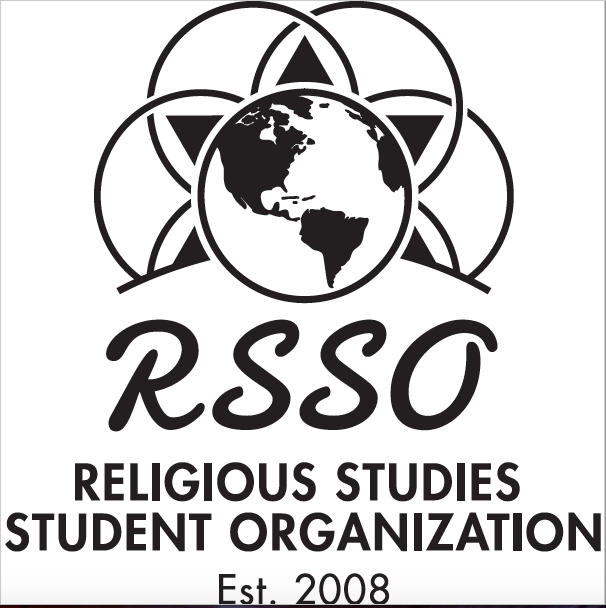Moderator
Dr. Andrei Orlov
Location
University of Wisconsin – Milwaukee
Start Date
28-5-2015 10:00 AM
End Date
28-5-2015 11:00 AM
Abstract
Numerous attempts have been made to portray Christ in fictionalized adaptations, almost inevitably resulting in much controversy. Christological heresy may simplistically be understood as a spectrum, ranging from Ebionism (that Christ is fully human) to Docetism (that Christ is fully divine), whereas Chalcedonian orthodoxy understands Christ to have two natures, both fully human and fully Divine, united in one person. But are these portrayals really Christologically heretical, as is often argued, or instead orthodox? To answer this question, we shall primarily consider Martin Scorsese’s adaption of Niklos Kazantzakis’ The Last Temptation of Christ, in addition to Andrew Lloyd Webber & Tim Rice’s Jesus Christ Superstar, Stephen Schwartz’ Godspell, and Mel Gibson’s The Passion of the Christ. In addition, these works’ theological reception shall also be considered.
Last Temptation, rather than presenting an Ebionist Christ, as is often claimed, understands the dual nature of Christ and so shows both in hypostatic union. The film portrays Christ as a man possessed by God who oscillates between his humanity and divinity before ultimately embracing his divine messianic mission as a union of his twin natures at the Crucifixion. The humanity of Christ is emphasised in the strength of his temptations, and the possibility of him sinning (which, while problematic, need not necessarily render the film heretical). The divinity of Christ is emphasised in his miracles, divine claims, soteriology, and ultimate acceptance of his divinity at the resolution of the film.
An orthodox Christology is necessary for a proper appreciation of Last Temptation and other works in the genre. Furthermore, it reveals a great deal of confusion amongst modern guardians of Christian cultural “orthodoxy” as to what orthodox Christology even is.
Christology in Film and Musical Drama
University of Wisconsin – Milwaukee
Numerous attempts have been made to portray Christ in fictionalized adaptations, almost inevitably resulting in much controversy. Christological heresy may simplistically be understood as a spectrum, ranging from Ebionism (that Christ is fully human) to Docetism (that Christ is fully divine), whereas Chalcedonian orthodoxy understands Christ to have two natures, both fully human and fully Divine, united in one person. But are these portrayals really Christologically heretical, as is often argued, or instead orthodox? To answer this question, we shall primarily consider Martin Scorsese’s adaption of Niklos Kazantzakis’ The Last Temptation of Christ, in addition to Andrew Lloyd Webber & Tim Rice’s Jesus Christ Superstar, Stephen Schwartz’ Godspell, and Mel Gibson’s The Passion of the Christ. In addition, these works’ theological reception shall also be considered.
Last Temptation, rather than presenting an Ebionist Christ, as is often claimed, understands the dual nature of Christ and so shows both in hypostatic union. The film portrays Christ as a man possessed by God who oscillates between his humanity and divinity before ultimately embracing his divine messianic mission as a union of his twin natures at the Crucifixion. The humanity of Christ is emphasised in the strength of his temptations, and the possibility of him sinning (which, while problematic, need not necessarily render the film heretical). The divinity of Christ is emphasised in his miracles, divine claims, soteriology, and ultimate acceptance of his divinity at the resolution of the film.
An orthodox Christology is necessary for a proper appreciation of Last Temptation and other works in the genre. Furthermore, it reveals a great deal of confusion amongst modern guardians of Christian cultural “orthodoxy” as to what orthodox Christology even is.

